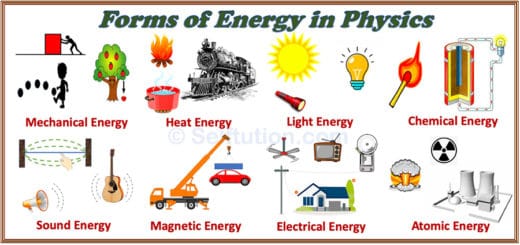Difference between Materials and Substances
Materials and substances are commonly discussed in chemistry, but sometimes it’s hard for kids to understand what makes them different.
Let’s go a bit deeper into explaining this.
Think about everything around you: stones, air, rice, grains, televisions, books, water, chairs, and toys. You can touch and see some of these things, like stones and books. Others, like air, you can’t see, but you know they’re there. In chemistry, we use “substances” or “materials” to describe all these things.
Usually, there’s not much of a difference between materials and substances. But we use the word “material” when discussing things we use to make other substances.
Let’s look at a couple of examples to understand this better.
Example 1:
Making tea needs four different things: water, sugar, tea leaves, and milk. Even though these things are different, we still call them materials because we use them to make something new.
Example 2:
When people build a house, they need bricks, cement, wood, sand, and steel. Because these things are used to build something, we call them materials.

House Construction Materials
Now, there are so many substances and materials around us. Some come from nature, like salt, marble, petroleum, and air. Others are metals, like gold, iron, silver, and copper. We also have things from animals, like milk, cheese, and butter, and things from plants, like fruits, vegetables, and grains. And then there are things people make, like cement, sugar, glass, plastic, steel, and medicine.
So, when we use substances to make new things, we call them materials. Understanding this helps us know how things are made and used in our world.
Conclusion
Understanding the difference between materials and substances helps us grasp how things are put together and used in our world. By recognizing that materials are what we use to create new things, while substances are the individual things that exist around us, we gain a clearer understanding of the building blocks of our environment. Whether it’s constructing houses, brewing tea, or simply observing the world around us, knowing this distinction enriches our comprehension of the diverse elements that make up our everyday lives.








